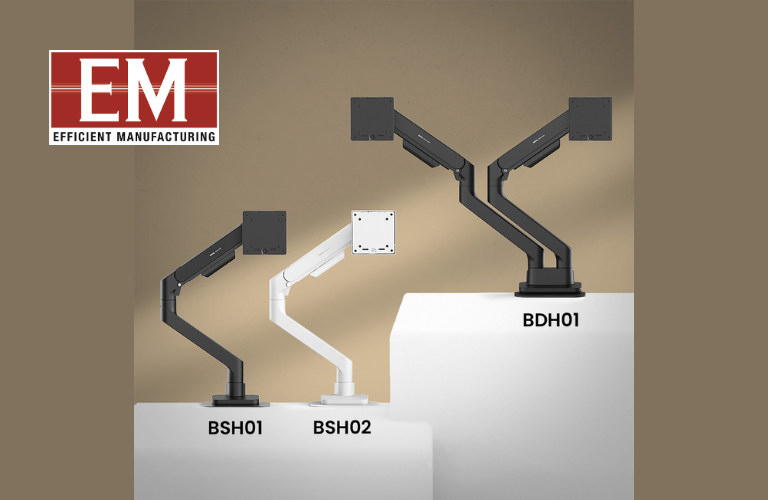India’s semiconductor industry is undergoing a remarkable transformation, with its market projected to grow from around $38 billion in 2023 to between $100 and $110 billion by 2030. This surge reflects the country’s aggressive push toward technological self-reliance, driven by robust policy initiatives, rising domestic demand, and significant global investments.
At the heart of this transformation lies the India Semiconductor Mission (ISM), a government-backed initiative launched in 2021 with a total outlay of ₹76,000 crore. The mission aims to establish a comprehensive semiconductor ecosystem encompassing chip fabrication, assembly, testing, packaging (ATMP), and design capabilities. Various incentive schemes are being implemented to attract global players, support startups, and build foundational infrastructure for chip manufacturing in India.
Major corporations have already committed large-scale investments in the sector. Tata Electronics, in partnership with Taiwan’s Powerchip Semiconductor Manufacturing Corp (PSMC), is setting up a semiconductor fabrication plant in Dholera, Gujarat. This $10.9 billion facility is expected to become operational by 2026. Meanwhile, Tata’s ATMP facility in Assam is projected to assemble nearly 48 million chips per day by 2025. Other significant players entering the Indian semiconductor landscape include Micron, Kaynes Technology, CG Power, HCL, and Foxconn.
India’s semiconductor drive is not limited to infrastructure alone. There is a simultaneous focus on talent development and research innovation. Over 85,000 engineers have been trained under various government programs to support the industry’s workforce needs. Furthermore, initiatives like the Bharat Semiconductor Research Centre and indigenous processor development projects such as SHAKTI by IIT Madras are helping foster advanced R&D in chip design and architecture.
India’s electronics and automotive sectors, along with emerging technologies like AI, IoT, and 5G, are fueling demand for domestically produced semiconductors. This provides an opportunity to reduce dependency on imports and integrate into the global value chain. The government is also encouraging MSMEs and startups to participate actively in the supply chain, ensuring a holistic and inclusive growth model.
With a favorable policy environment, increasing global confidence, and rising domestic consumption, India is positioning itself as a key player in the global semiconductor value chain. If these initiatives stay on course, India could evolve from being a chip-consuming nation to a global semiconductor manufacturing and design hub by the end of this decade.












